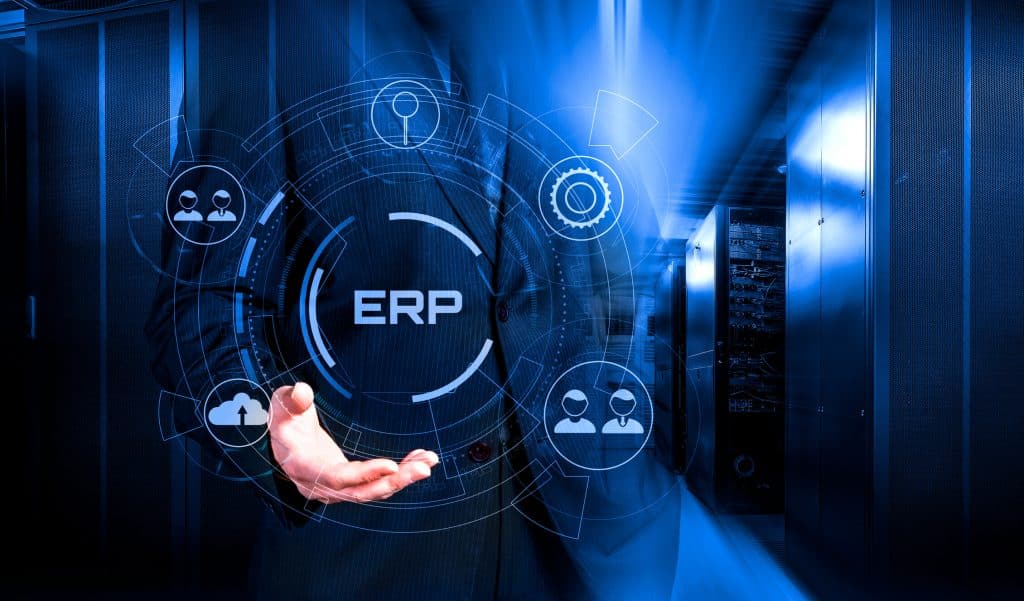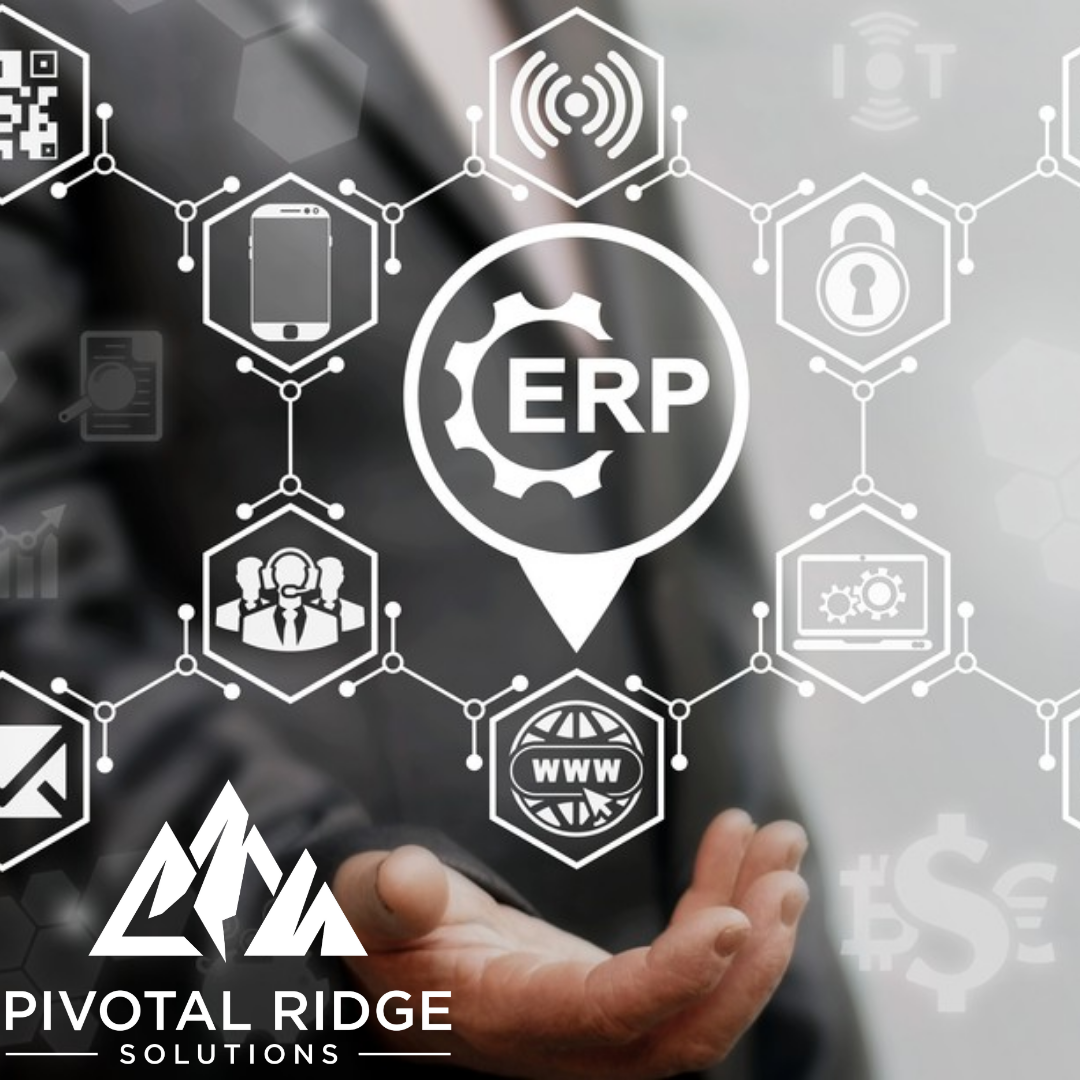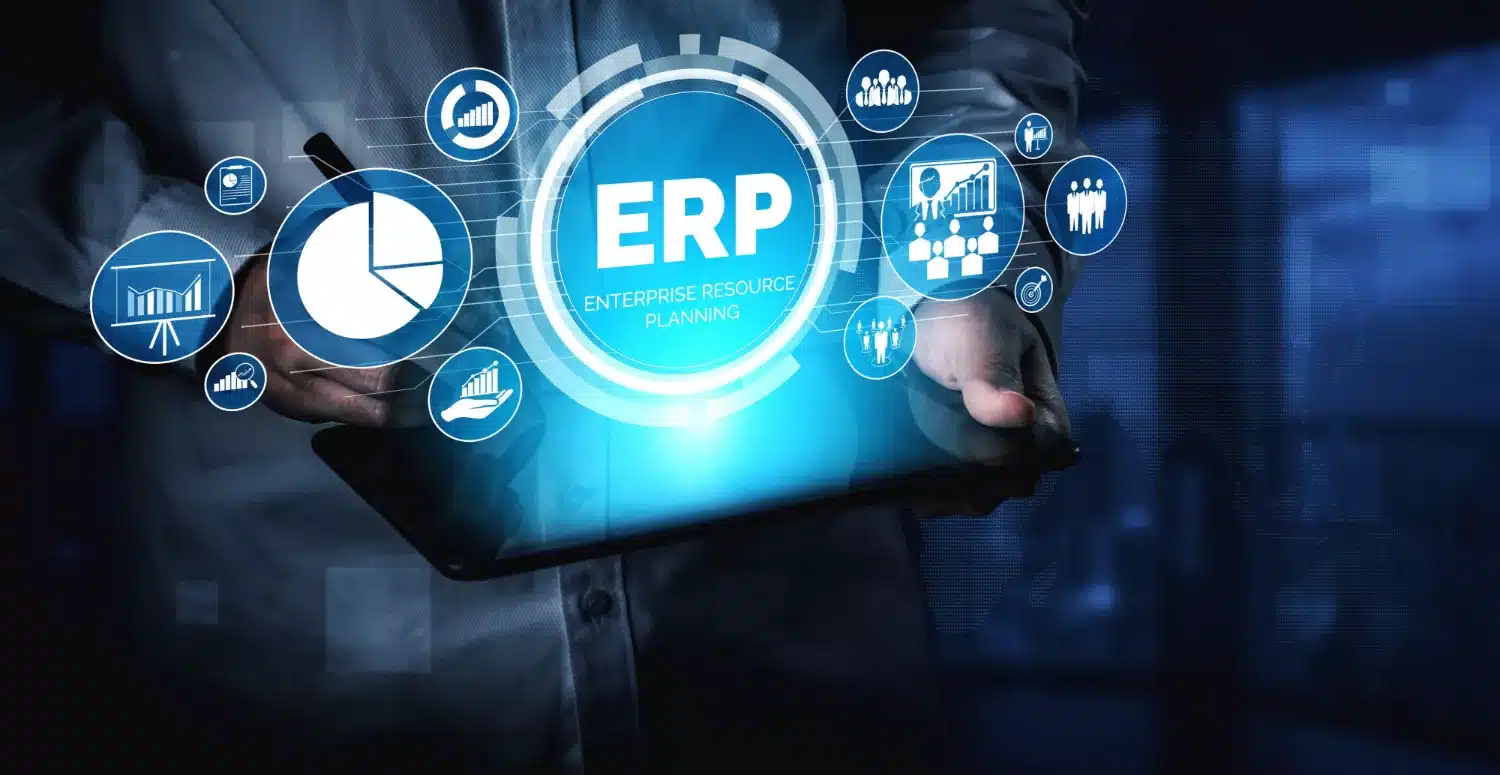From GP to the Cloud: A 3-Step Technical Pre-Migration Checklist

With Microsoft's Dynamics GP lifecycle moving toward its final stages, a migration isn't a matter of if, but when. Before you start evaluating new ERP systems or engaging an implementation partner, your technical team needs to prepare your GP environment. A clean start is a smart start.
This checklist covers three critical technical areas to address now to ensure a smoother, faster, and more cost-effective migration down the road.
1. Conduct a ERP Database Health Audit
Migrating your entire data history is a common and costly mistake. A new ERP is an opportunity to start fresh with clean, relevant data.
- Archive Historical Data: Don't migrate everything. Decide on a data cutoff date (e.g., 7 years of transactional history). Older data can be archived to a secure, low-cost SQL database or data lake for reporting without cluttering your new live system.
- Purge Obsolete Records: Remove inactive customers, vendors, and items that have no transactional history. A leaner dataset is faster to migrate and easier to manage.
- Reconcile Key Modules: Ensure your sub-ledgers (AP, AR, Inventory) precisely match your General Ledger (GL). Any discrepancies must be resolved before migration, as they will cause significant validation failures in the new system.
2. Inventory All Customizations & Integrations
Your custom code and third-party connections in GP won't transfer to a modern cloud ERP. You need a complete inventory to plan for replacements.
- Document Integrations: List every application that connects to GP. This includes EDI providers, CRM systems, e-commerce platforms, and payroll services. Identify the connection method (e.g., eConnect, SmartConnect, direct SQL queries).
- Audit Customizations: Catalog all custom reports (SSRS, Crystal, Management Reporter), modified forms (Modifier/VBA), and Dexterity-based extensions.
- Assess Business Value: For each item inventoried, ask: "Is this still critical?" Many old customizations may be redundant, as modern ERPs like Dynamics 365 Business Central often have that functionality built-in.
3. Rethink Your Chart of Accounts
Migrating your existing Chart of Accounts (CoA) structure is a missed opportunity. GP's segmented chart can be rigid. Modern systems offer a more flexible approach.
- Understand Dimensions: Cloud ERPs use dimensions as data tags for transactions. Instead of creating separate GL accounts for each Department or Location, you can use a single base account (e.g., "Travel Expense") and tag it with dimensions like
DEPT:SALESorPROJECT:XYZ. - Map to a New Structure: Begin the process of mapping your old segmented accounts to a new, streamlined CoA plus dimensions. For example, account
6000-100-SFO(Expense-Sales Dept-San Francisco Office) becomes the main account6000(Expense) tagged with two dimensions. This work is crucial for future financial reporting and analytics.
Completing this technical prep work is the most valuable first step in your migration journey. It will streamline the implementation process, lead to a more accurate project quote, and set your business up for success in a new system.





.png)